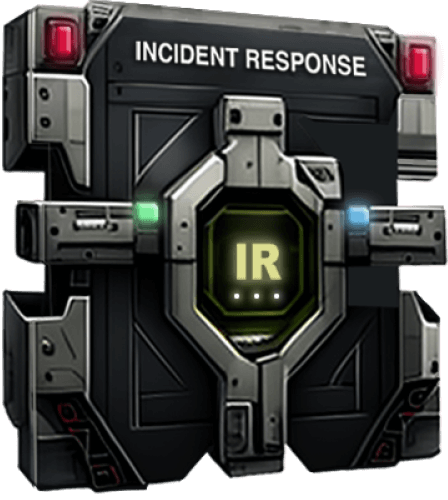A Necessary Last Defense
Preventive activities achieved through Risk Assessments, Penetration Tests and security controls can reduce the number of incidents – but there is always risk and the possibility that a malicious actor will breach an organization’s systems. This is why an incident response program is a necessary last defense in the securing of key technology assets. An Incident Response program will help to minimize loss and destruction to systems, data integrity and reputation, mitigate the effects of exploitation and restore IT services as quickly as possible. A properly designed Incident Response program reduces the likelihood that an adverse event will happen.
Enterprise Incident Response Frameworks
Cybermode has based its Incident Response methodology upon the following accepted frameworks:
- NIST 800-61 Rev. 2 Computer Security Incident Handlers Guide
- NIST 800-30 Rev. 1 Guide for Conducting Risk Assessments
- NIST 800-37 Rev. 1 Guide for Applying the Risk Management Framework to Federal Information Systems: A Security Life Cycle Approach
Enterprise Incident Response Scope
The Scope of the Cybermode Enterprise Incident Response is determined by the organization. It is best practice to include the entire technology footprint and cover all three tiers of the risk management hierarchy including the organization level, mission/business process level, and information system level.
A properly designed Incident Response Program from Cybermode reduces the probability that an adverse event will happen. In the unlikely event that it does happen your company will be prepared to meet the challenge effectively and remediate the issue decisively.














